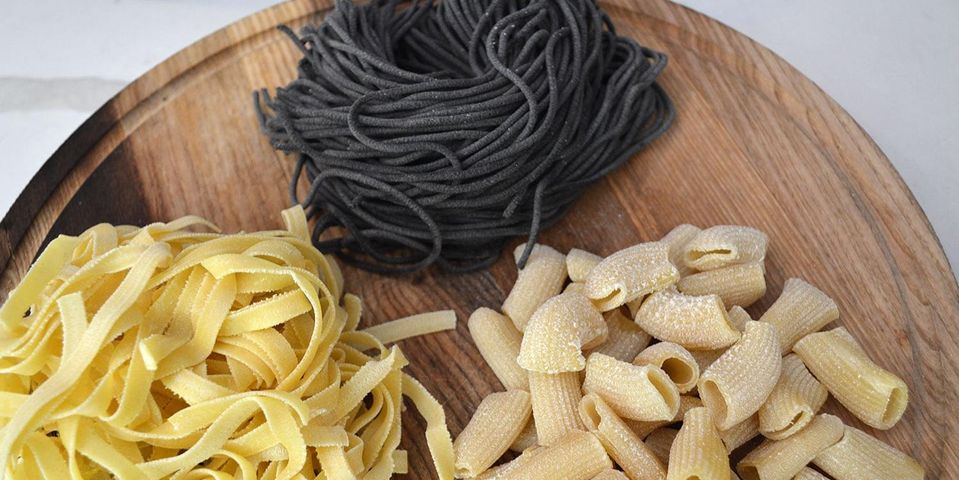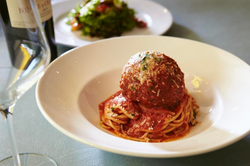What are the Differences Between Fresh and Dried Pasta?

When it comes to pasta, many people have never tried the fresh variety. Unlike store-bought packages, handmade noodles are perishable and crafted with eggs. This makes them doughier and more flavorful. If you want to learn more about the differences between fresh and dried noodles, here’s a guide to some of them and what types to use for what dishes.
What’s the Difference Between Fresh and Dried Pasta?
 To make fresh pasta, chefs mix eggs and flour and knead them to create a dough. They then place it in rollers to thin it to make noodles in different shapes. This pasta should be eaten within a few hours for the best flavor and texture.
To make fresh pasta, chefs mix eggs and flour and knead them to create a dough. They then place it in rollers to thin it to make noodles in different shapes. This pasta should be eaten within a few hours for the best flavor and texture.
Dried pasta often doesn’t contain eggs. Instead, it’s made with semolina flour, derived from durum wheat, that is mixed into a paste before being forced through molds and cut into pasta shapes. Then, it’s dried in an industrial oven for a few days to remove the moisture and keep it preserved.
Which Styles Are Best for Which Dishes?
When making pasta, some styles work best for different sauces. For example, angel hair and spaghetti are perfect for light sauces made with oil or cream because they match their simple taste. Meaty sauces work better with long ribbons like fettuccine, since it matches the larger chunks and richer flavors. Shells are made for stuffing, as they can hold large quantities of cheese, vegetables, and marinara. Whatever your favorite sauce is, there’s a fresh pasta that will complement its flavor.
If you’re interested in trying fresh handmade pasta, head to Il Lupino Trattoria & Wine Bar in Honolulu, HI. This dining spot uses Old Country recipes and high-quality ingredients from local sources to create Italian dishes that will stun your taste buds. They also carry an award-winning selection of wines from around the world to complement your favorite dishes. Find more information about their service on their website, or call (808) 922-3400 to make a reservation.
About the Business
Have a question? Ask the experts!
Send your question

